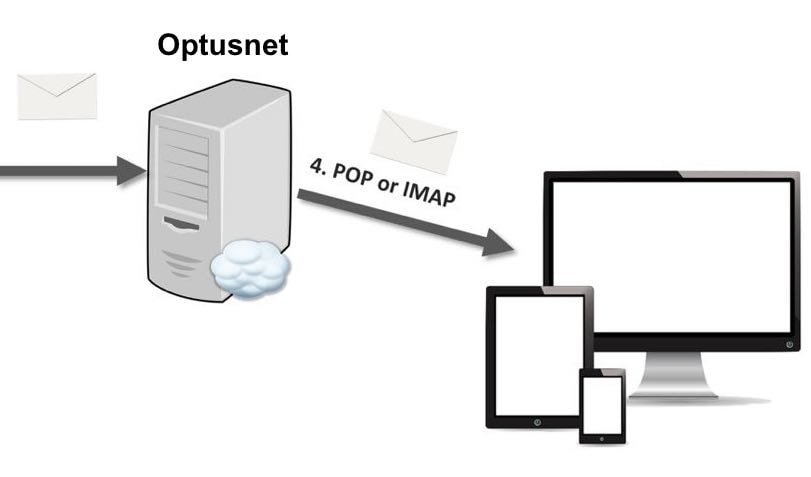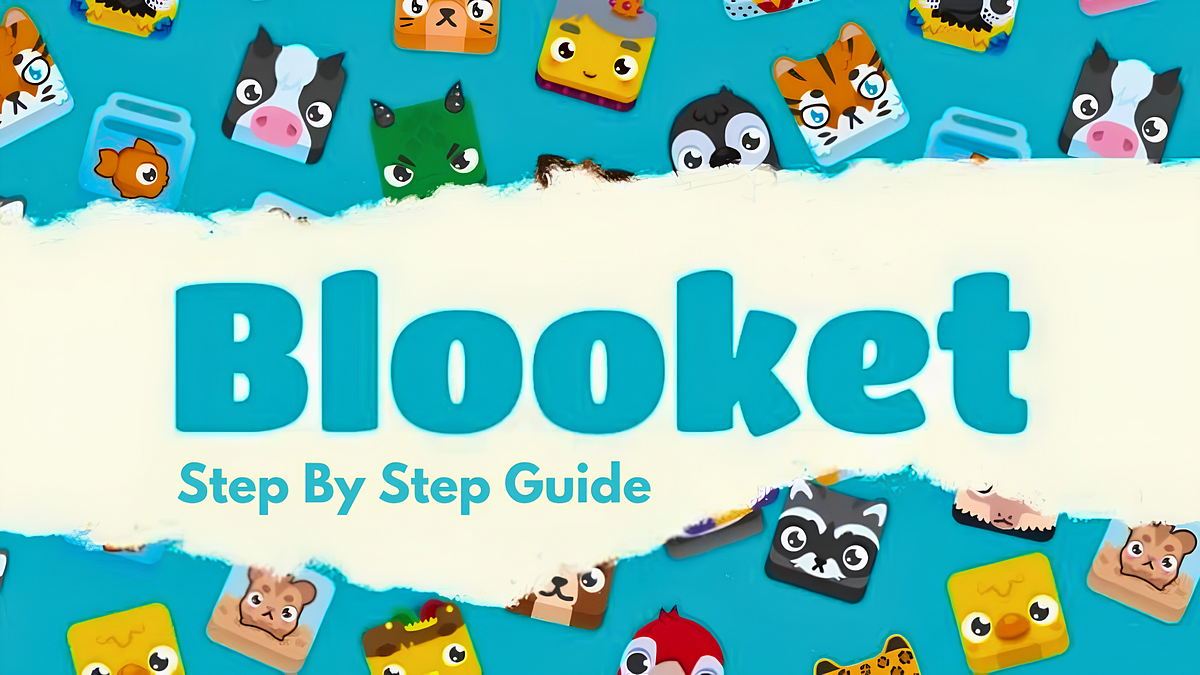Application Programming Interfaces are all the rage today. They are a marvel of software engineering, enabling systems and applications to communicate seamlessly with one another. Web APIs enhance digital experiences through practical and streamlined interactions among users and applications.
Java finds heavy applications in API development. The language offers powerful API development libraries that can be reused across several use cases. In today’s API-centric digital world, Java developers need to possess & nurture exceptional API programming skills to boost their overall programming abilities & enhance their skill set and market demand.
This write-up can offer some intuitive guidance if you are looking to develop crack API coding skills or need some Java API assignment help.
Go through it to learn and learn the skills crucial for API development in Java.
How Do APIs Work?
Some of the most common examples of API interaction are ‘Login with …’ functionalities available across numerous websites & services and online payment integrations using Debit/Credit Cards, Net Banking, etc.
How do they all work?
Well, any Application Programming Interface has a set of rules that define & dictate how computers, applications, or systems interact with each other. In both the above cases, the application connects with APIs of the other platform to authenticate user credentials & other details.
For example, the Facebook Login API offers an easy way for applications to interact with Facebook’s servers. The Login API can be used for authentication, data access, account creation, cross-platform login, etc.
- The Facebook API is an excellent example of Web APIs, a prevalent open-source framework that develops HTTP APIs. Web APIs can be built using any language & JAVA is one of the most popular languages employed.
- The SOAP (Simple Access Protocol) API design was one of the most popular Web API designs that used operating systems features & resources to manipulate & process data records. However, SOAP API designs are slowly being replaced by RESTful API designs.
- Currently, the most popular type of API architecture design is REST. This is because APIs implementing REST (Representational State Transfer) allows seamless intercommunications between computer systems.
REST is a software architecture style that can be implemented by web APIS. Known as RESTful Web APIs, they take advantage of HTTPS and the REST architecture’s enhanced flexibility.
Projects and coursework papers on API development are an excellent way to practice & boost your skills. If you are struggling, look for professional Java paper & coursework help.
Seeking the aid of professional services is an excellent way to hone specific skills and aspects crucial for becoming a versatile API developer. The following section offers a glimpse of the most significant skills.
Essential API Development Skills For Java Coders
- Understanding API Design
APIs employ varied software architecture styles such as SOAP, WSDL, HTTP/Web, REST, etc. Whether you are coding in Java or JavaScript, learning and grasping API design paradigms can expand your skills and diversify your abilities massively.
Dig deep and boost your knowledge & coding skills as enterprise development in Java now focuses strongly on increasing interaction & connectivity across multiple systems & platforms.
- Cross Platform Development
APIs are synonymous with cross-platform operations. Gain the skills and know-how necessary to apply a singular code base across multiple platforms. Java finds widespread applications across different operating systems & devices. Find out how Java APIs integrate with different platforms and behavior and interdependencies.
- Understand MVC Framework
The Model View Controller framework is a design pattern used extensively in web application development. Java’s Spring web development framework Spring can be used to design APIs following the MVC design.
The Spring MVC API design functionalities make it easy to develop powerful APIs loaded with all core & business-logic-specific functionalities. The API acts as the controller, while the backend logic or business layer is the model, and the application connecting with the API offers a view to the user.
- Develop Clear Ideas About JSON or XML
JSON and XML are currently the standards for data exchange and interchanging across online systems & applications. APIs and apps exchange information across connections using JSON & XML, enabling clients & servers to exchange varied kinds of data in a swift & secure manner.
Good skills in JSON & XML programming are necessary whether you are designing APIs or designing the backend business logic of an application.
- Learn About Integrated Architecture
API integrates services, often linking different functionalities together. An API developer needs solid ideas about service-oriented architecture and to learn how different modules/components can interact independently. Learning the technologies that enable modular integration and the requirements & dependencies is a central requirement for API developers in Java & any other language.
Thorough knowledge of service-oriented architecture can help API developers manage requests & interactions with different platforms across different regions.
- Mastery Over Multiple Languages & More
Software developers, especially web developers, must be masters of many languages.
The World Wide Web employs different technologies, frameworks, and languages for fast, efficient & error-free operations. Therefore, besides Java, gaining solid ideas and developing crack skills in languages like JavaScript, Python, HTML, etc., and development frameworks such as React, Angular, Node, etc. can go a long way in diversifying one’s skillset & improving their market demand.
As tech evolves and demands & requirements become more intense & intricate, developers need to buckle up and stay abreast with the changing times. So try to get a good grip on things such as:
- Programming languages include C, C++, Java, Python, HTML/CSS/JavaScript, etc.
- Different software architecture styles,
- Various developmental frameworks, automation & containerization tools
- Understanding database schemas & storage architectures, etc.
- Some Miscellaneous Skill Enhancing Tips
- Be completely thorough with the concepts of object-oriented programming.
- Have solid knowledge and boost skills & know-how regarding software architecture patterns.
- Understand how to use and implement persistence & validation frameworks in Java, Spring & Boot.
- Design APIs, access necessary resources, and then put them through rigorous tests. Then, debug and rectify errors & think of all the different ways to improve performance & enhance capabilities.
- Build APIs that respond to & consume XML/JSON, serve strings, handle form submissions, consume & validate data, connect with other APIs, create, read, update & delete from databases, etc.
Let’s round up this write-up with a quick overview of the steps involved in developing a REST API using Java.
The Stages of Designing A RESTful API In Java
Developing a RESTful API in Java is best carried out using Spring Boot, a Java-based framework for designing microservices. REST APIs follow the representational state transfer software architecture, a model that enables computer systems to interact seamlessly over the Internet using HTTP requests.
Spring Boot is a leading Java-based framework used to design & deploy microservices and create scalable applications. Spring uses the concept of MVC in object-oriented programming to separate a system’s presentation, logic, and control aspects. Integrating Boot with Spring speeds up the process further.
For example, if we are crafting a REST API in Java/Spring Boot for accessing & modifying the contents of an employee database, then:
- Stage 1involves defining an entity or class called Employee with all member properties & methods.
- Stage 2 involves developing the storage class containing the list of employees. Again, the ArrayList data structure is generally used for storage.
- Stage 3 defines the class that creates the object for the storage class.
- Stage 4, we create the controller classes that are the real-time implementation of a RESTful API. The @RestController annotation tells Spring the class to be used as the controller and exposed as the REST API. And the @RequestMappingannotation declares the base path for every underlying REST API method.
The POST method calls every entry in the database, while the GET method is employed to obtain the requests.
- After all the classes have been implemented, the API code is run as SPRING BOOT APP. As the server starts running, one can send requests using the browser or the POSTMAN option in REST API.
And that about wraps up this write-up. I hope it was an informative read for everyone, including Java coders looking to start with API development. If you find concepts & assignments challenging, it’s best to look for support from a professional assignment & paper help service.
All the best!
Author-Bio: Arthur Jenkins is a Java programmer and web developer with a leading digital marketing solution firm from Houston, Texas, USA. An avid coder and competitive programmer, he is also a part-time tutor with Assignmenthelp.us, a leading do my assignment help service.




